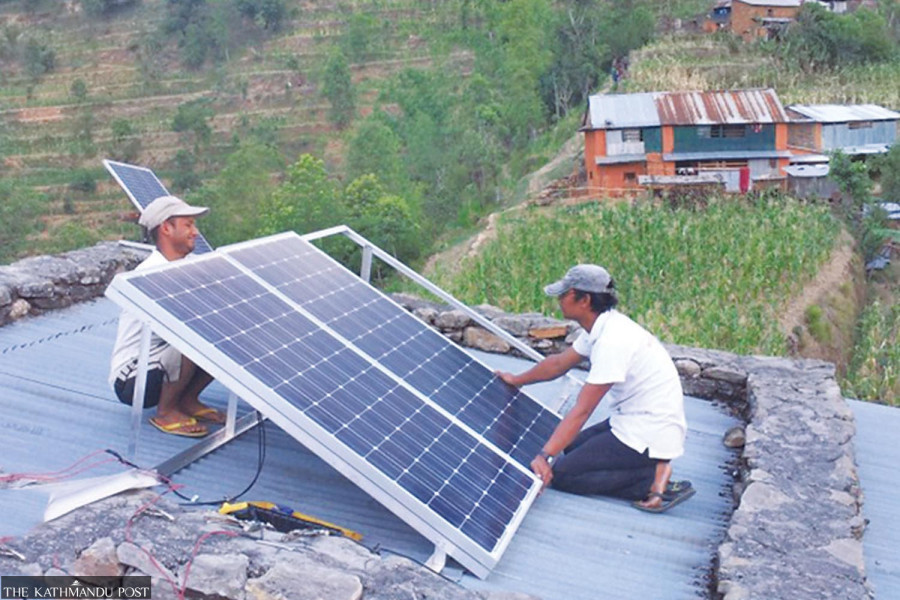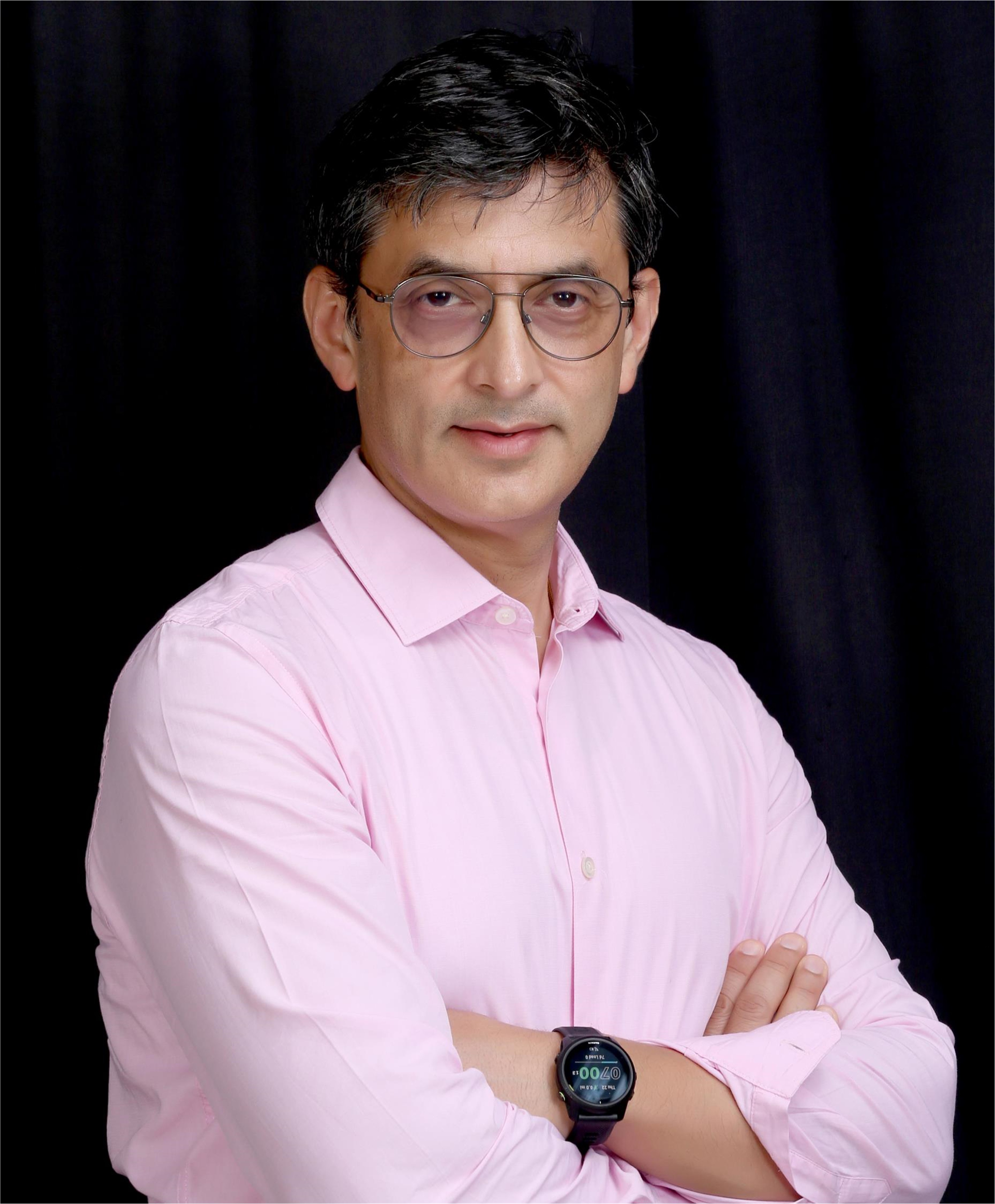Columns
Discarded heroes
Electricity consumers valiantly fought through years of darkness like soldiers in battle.
Bishal Thapa
One of the worst things a general could do is to push the frontline soldiers to fight on when the war is underway, only to discard them when it is over. Valiant in the battle and discarded when it is over, Nepal’s electricity consumers are like those forgotten heroes. The consumers fought through years of darkness, rescuing the national grid from its darkest hours, only to discover that their generals, the Nepal Electricity Authority (NEA), would betray them when the war seemed over.
For many decades, less than half of Nepal’s population had access to electricity. For almost a decade till 2017, consumers endured long periods of severe load shedding (or blackouts), often without electricity for over 12 hours a day. The Alternative Energy Promotion Centre (AEPC), the country’s nodal agency for advancing distributed energy solutions, reports that by the fiscal year 2020-21, more than 14 million Nepalis benefited from appropriate distributed renewable energy solutions, including clean cooking, to meet their energy needs.
Over this long period that saw low electricity access and unreliable supply, many Nepali households adopted a wide range of distributed energy solutions like micro-hydro, solar mini-grids and solar rooftops to meet their electricity requirements. By 2020-21, approximately 11 MW of micro hydropower plants, for example, provided communities with power through local grids not connected to the national electricity grid. Millions of Nepali households in rural and urban areas installed over 100 MW of solar rooftops, coupled with storage to gain access to electricity or plug the gaps when grid supply was unavailable.
Through those years, electricity consumers, like soldiers in battle, did all the hard work. These distributed energy systems, particularly solar, were much more expensive then. The consumers adopted these technologies, adjusted lifestyles, took on the higher costs (though supported by government subsidies) and helped establish a new ecosystem that created jobs, businesses, raised incomes and enhanced skills.
That era of low electricity grid access and load shedding is now over. The national grid has reached over 95 percent of the population. The long stretches of load shedding are over, though sporadic grid outages and brownouts (or poor quality with low voltages, for example) have continued to persist.
As the grid expanded across the country and load shedding minimised, the NEA has charged ahead with an intent to supply its consumers with electricity purchased from centralised hydro power, solar and imports from India. Distributed solutions, such as community-based micro-hydro, solar rooftops and solar mini-grids, have been marginalised. Its implementation of policies on these distributed solutions intentionally makes it extremely difficult for consumers, whether individuals or communities, to integrate these solutions within their energy choices.
Scattered across the hills, towns and cities of Nepal are the scars of that battle. Hundreds of small micro-hydro power plants that once powered local mini-grids are broken and in disrepair. On hundreds of rooftops in rural and urban houses, offices and buildings are solar panels that provided the only source of power or filled the gap during long load shedding hours.
Wrong time
The NEA’s strategy to marginalise distributed clean energy solutions comes at the wrong time, just as these technologies have matured, costs have dropped and, globally, their adoption is rising. The International Energy Agency, the premier global entity advancing cooperation and understanding of energy, forecasts in its 2019 Renewables Report that of all “renewable technologies, additional growth potential is highest for distributed PV [i.e., solar photovoltaic] because consumer adoption can be very rapid.” Its outlook estimates that by 2024, distributed solar (such as rooftops) would account for approximately 45 percent of total solar photovoltaic (PV) systems, with 75 percent of those located in commercial, industrial and residential sites, and lead the growth of the solar segment.
Technological advances have significantly increased the confidence in these solutions, which are, in turn, having a pronounced impact on how countries adjust their energy strategies to take advantage of the opportunities they offer. In September 2023, for example, the entire electricity demand of South Australia was fully met by solar rooftops, providing a clear illustration of what was possible and technically feasible. The South Australia region is part of the interconnected Australian Energy Market, much like Nepal is with India.
In 2023, Green Mountain Power (GMP), a small utility in the state of Vermont in the United States, recognised distributed solar and storage as key parts of a bold plan for zero power outages. GMP’s zero outage initiative aims to deliver an “energy system where customers stay powered up while reducing costs” by accelerating, among other things, solar and storage solutions located at customer premises.
Earlier this year, on January 22, Indian Prime Minister Narendra Modi announced a plan to install solar rooftops in 10 million households, opening the potential to secure 30,000 MW of clean energy within a short period of time. For reference, 30,000 MW of solar rooftop is three times the electricity India has offered to buy from Nepal within the next 10 years. That 30,000 MW of solar rooftops are likely to be built and operational faster than the ink will even dry on the India-Nepal agreement on cross-border electricity trade.
Why is it that while the rest of the world is rapidly progressing towards integrating distributed clean energy solutions, like solar rooftops, community micro-grids and storage, Nepal seems intent on marginalising these opportunities?
Outdated view
The NEA’s strategy on distributed clean energy solutions relies on an outdated view that these technologies were only for providing electricity when the national grid was unavailable or unreliable. Just like a general who discards their soldiers after the war is won, NEA’s strategy appears to suggest its belief that there is no further role for distributed clean energy solutions once the grid has expanded and is reliable.
That view is incorrect.
Solar rooftops located at consumer sites, community solar microgrids, and distributed solar and storage embedded within individual customer or community locations have an important and critical role to play in advancing Nepal’s energy prosperity, even with a reliable national grid. If recognised and properly integrated as part of the national grid, distributed solar and storage solutions located within customer premises or in community locations can enhance Nepal’s energy security, reduce imports and improve reliability while lowering costs, increasing electricity demand, creating jobs and higher income.
Nepal’s national grid may have expanded to cover 95 percent of the population. Electricity supply from the grid may be more reliable, with only sporadic power outages. But Nepal’s energy challenges are far from over. The war on energy poverty still needs to be fought, reliability still needs to be improved, energy security increased, vulnerability reduced and, most importantly, electricity must translate into higher employment and incomes. This is what Nepal’s energy policymakers and the NEA must recognise.
As it turns out, the only thing worse for a general to do than discarding your soldiers after a war is to discard your soldiers in the middle of a war believing that the war is over, when actually it is not.




 8.12°C Kathmandu
8.12°C Kathmandu















